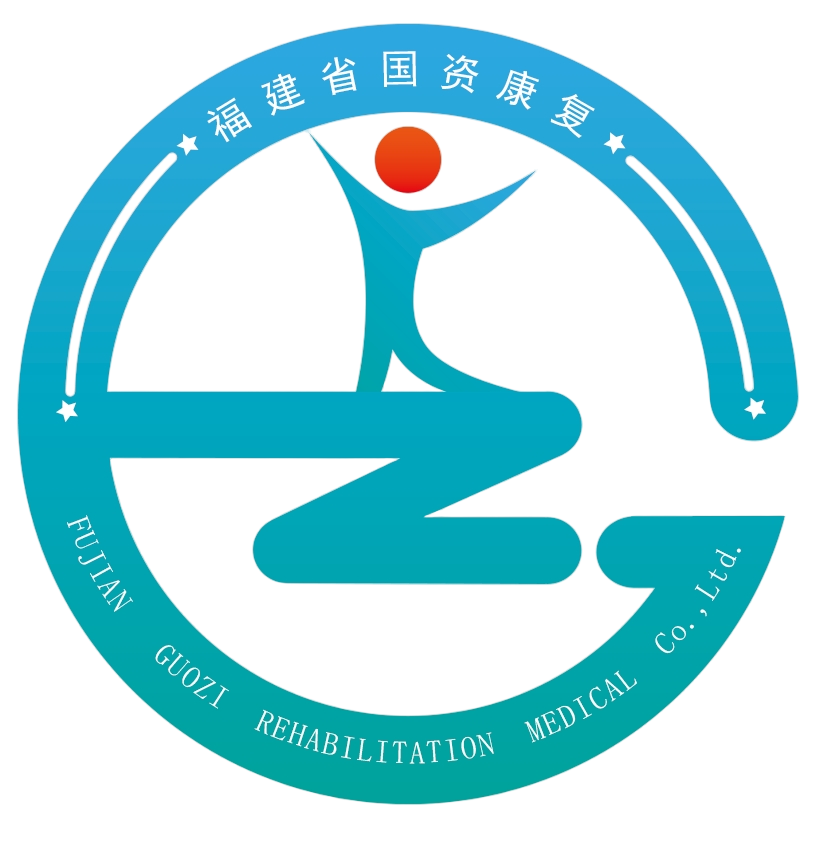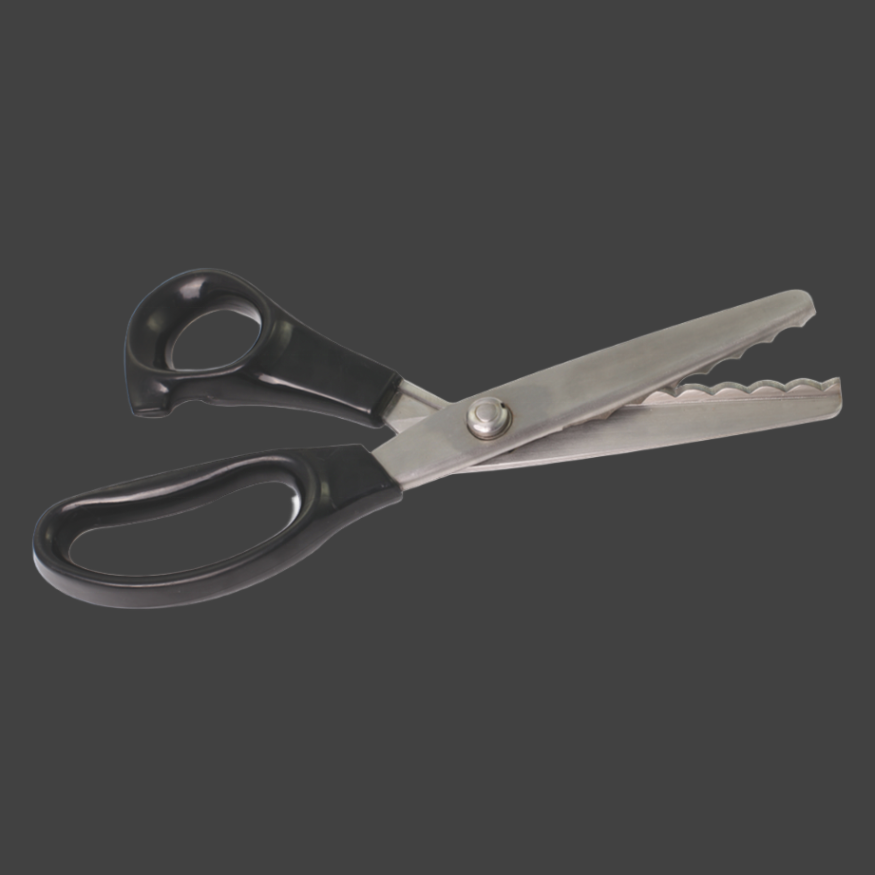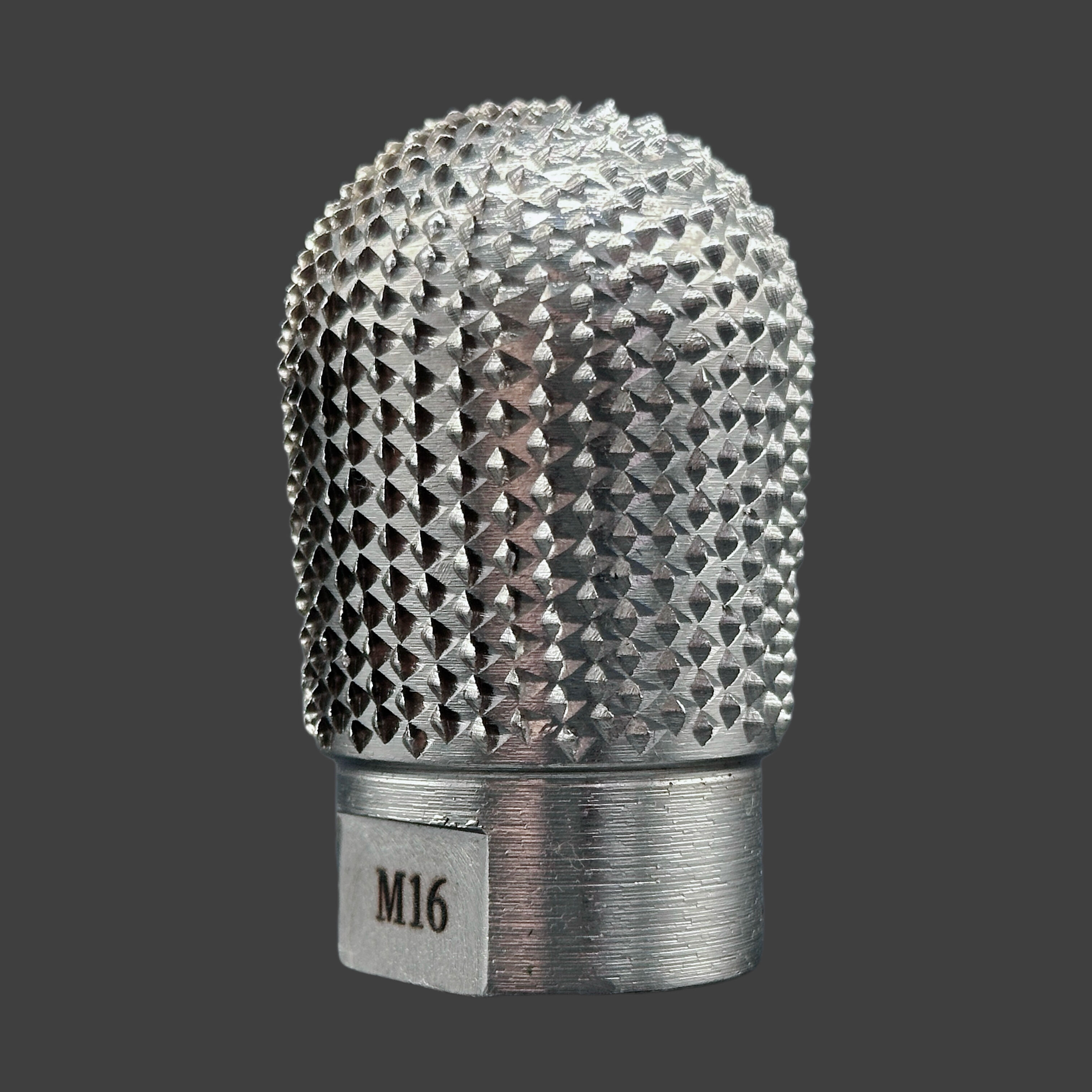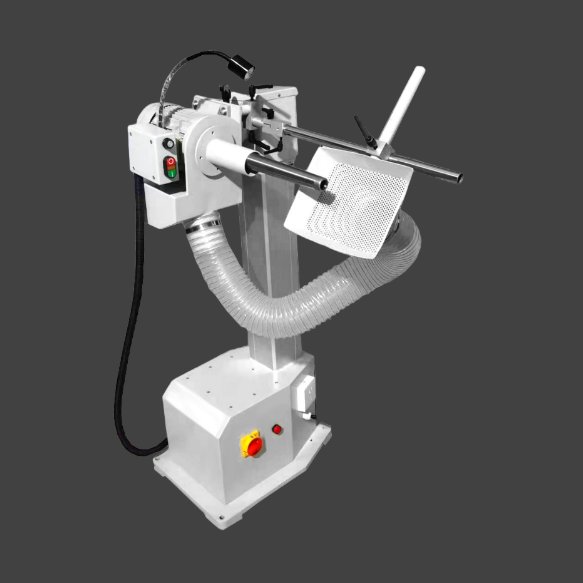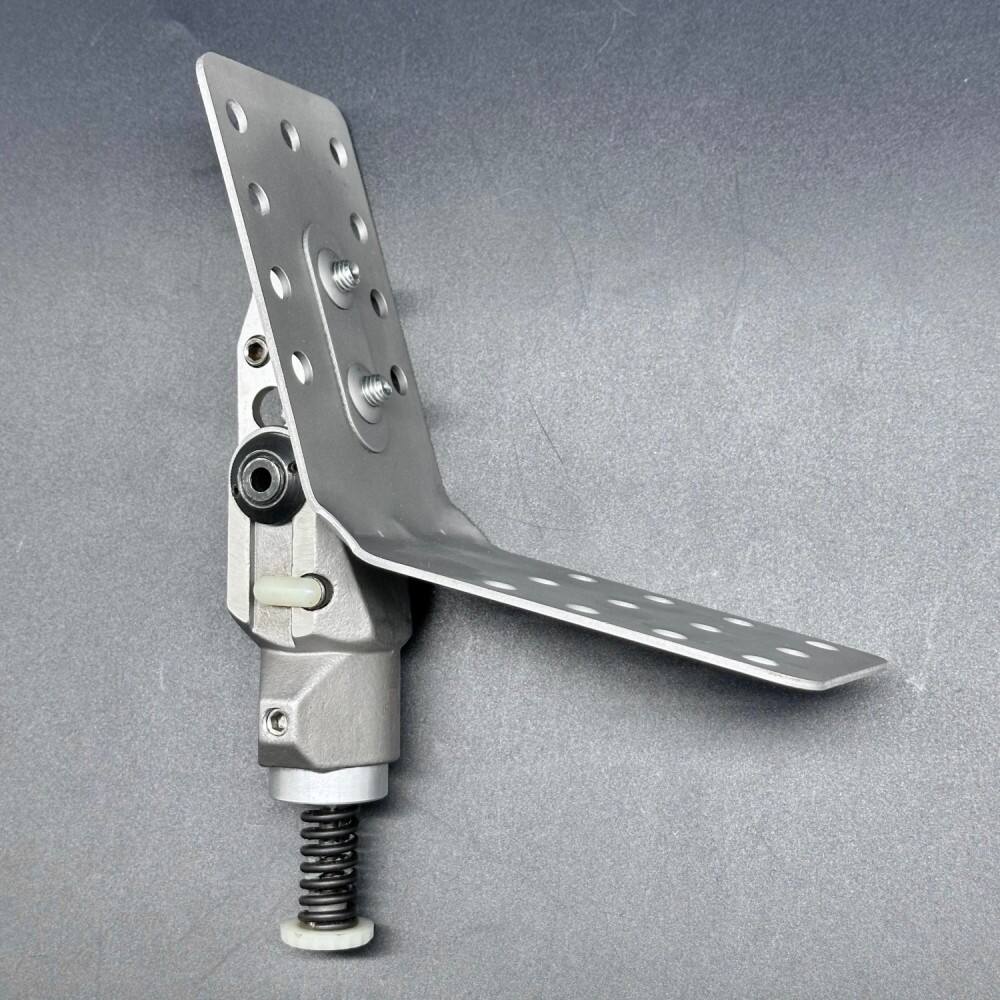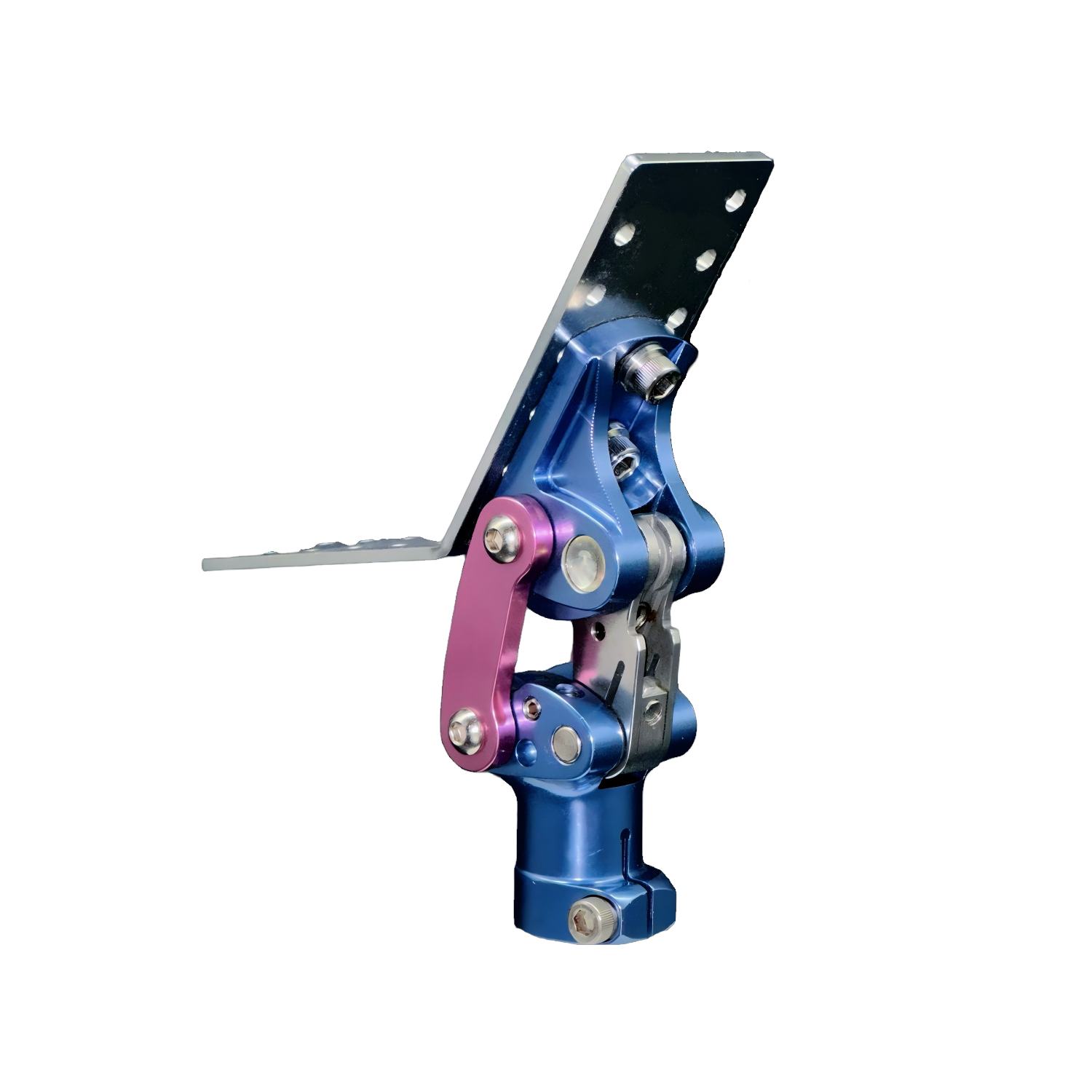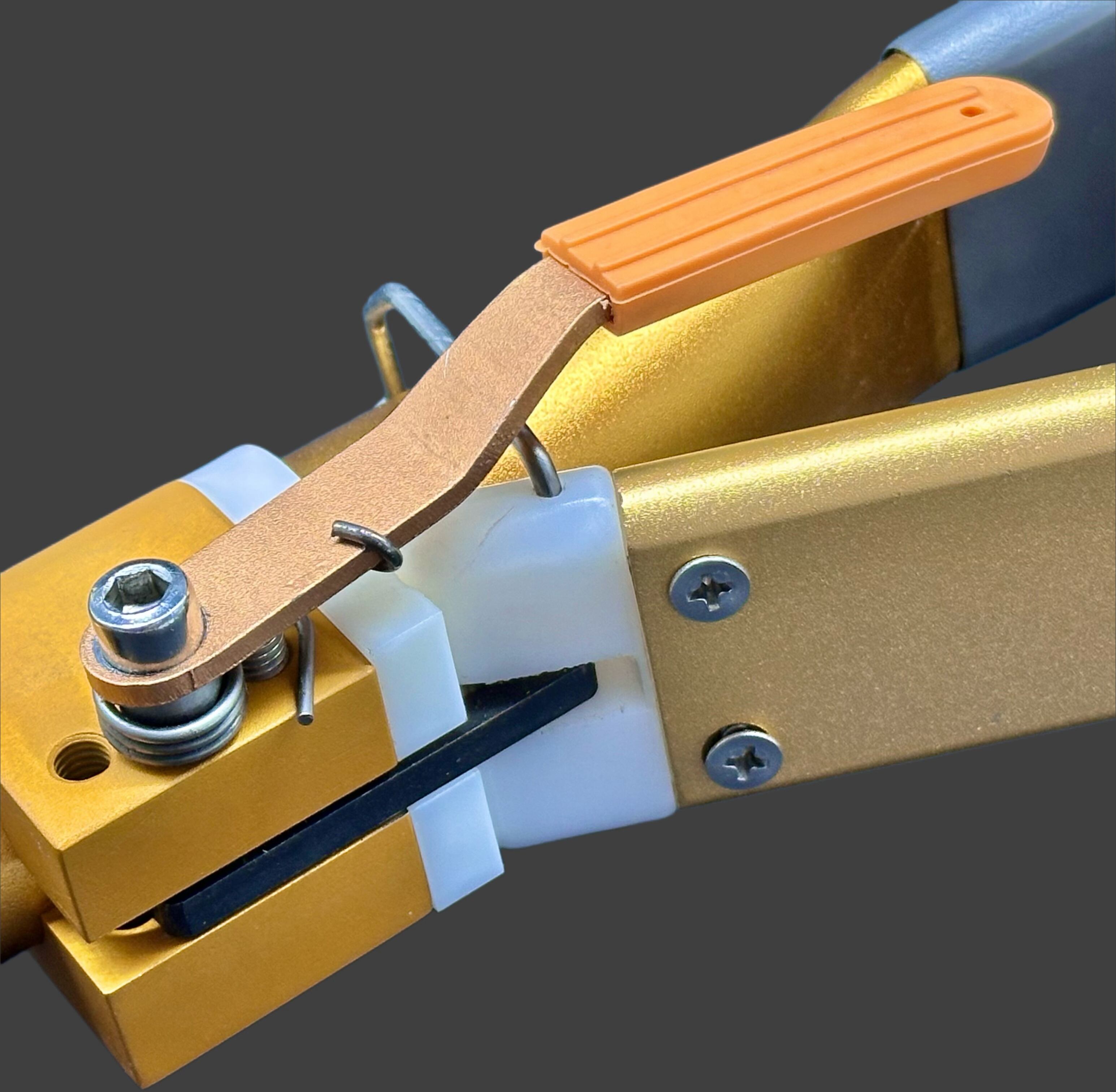Enhanced Performance Through Optimal Joint Mobility
The hip joint's exceptional mobility capabilities directly translate to superior athletic performance across multiple sports disciplines. This joint's design allows for movement in all three planes of motion: sagittal (forward and backward), frontal (side-to-side), and transverse (rotational). This comprehensive range of motion enables athletes to execute complex movement patterns with precision and power. The joint's mobility features are enhanced by the smooth articulation between the femoral head and acetabulum, supported by synovial fluid that reduces friction during movement. Athletes who maintain optimal hip mobility can generate more power in their movements, achieve better positions during competition, and reduce their risk of compensatory injuries in other areas of the body. The joint's mobility also contributes to better dynamic balance and agility, essential components for high-level athletic performance.


